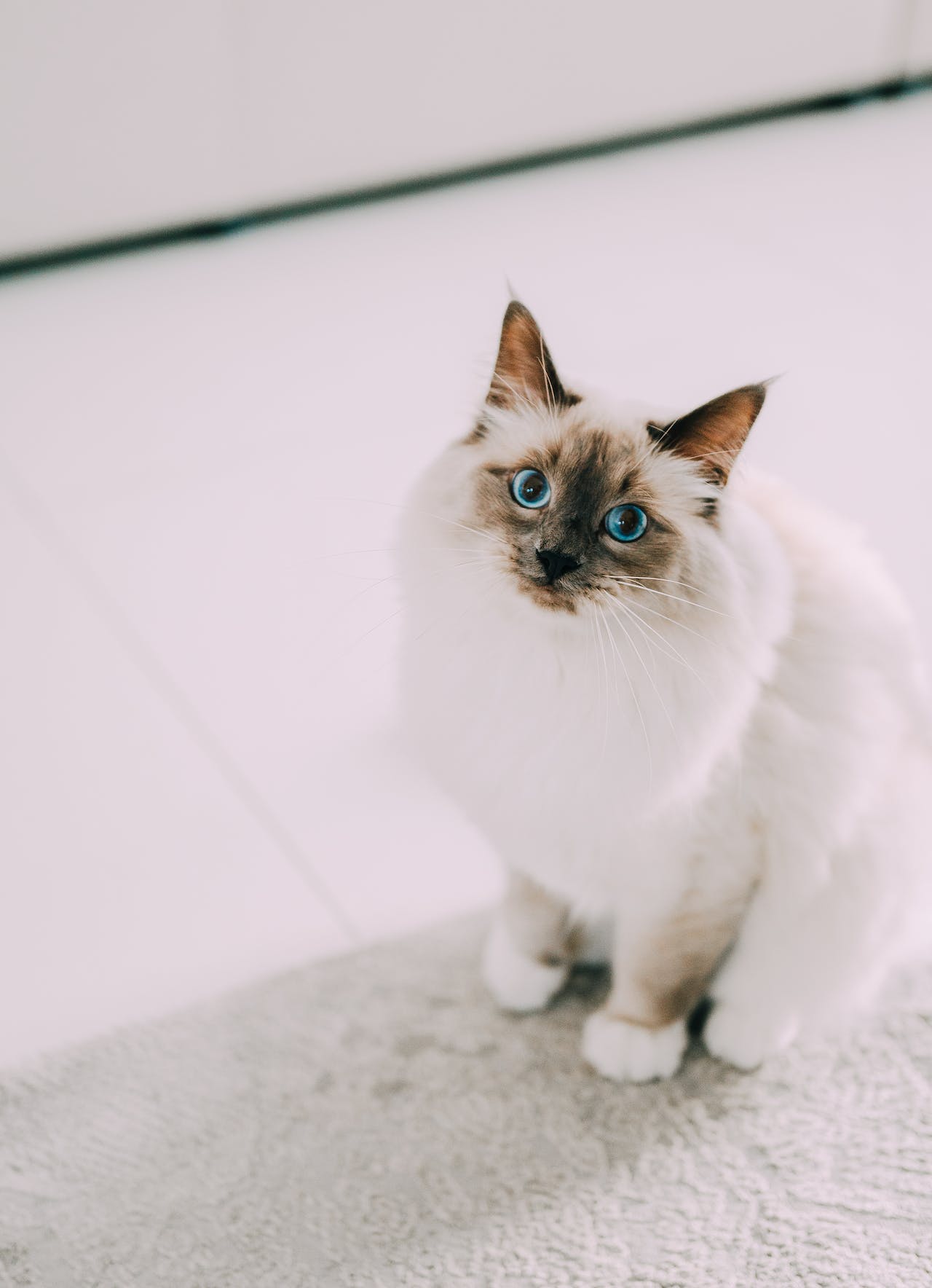Lifestyle
Cats like to play fetch, as long as it’s on their terms – new research

We wanted to know more about how and why cats fetch. (Pexels Photo)
Cats have a reputation for being aloof (some may even say lazy) – but our new research has found they interact with their owners in surprising ways. What we discovered also shows how important this kind of interaction can be for cats’ wellbeing.
Fetching behaviour in domestic cats has been reported to be more common than coming when called, meowing on command, or playing games. There may also be breed differences in fetching (at least among purebreds). For example, Siamese cats and their crossbreed variations are known for being proficient fetchers.
We wanted to know more about how and why cats fetch. In an online survey, we asked owners of cats who play fetch about this behaviour. Almost all of these cats (94.4%) had not been trained to fetch, and most were young (less than one year old) when their owners first noticed they could fetch.
At the time of our survey, these cats had on average fetched for approximately four years. But there was a lot of variation – some were new fetchers, while others had played fetch for their whole lives.
What we learned
We discovered that cats prefer to be in control of their fetching sessions. According to their owners, the cats that usually initiate fetching sessions seem more enthusiastic about it. These cats both had more fetching sessions per month and retrieved the object more times in a single play session.
Most of the cats in our sample were mixed breed (86%). Out of the purebreds, Siamese were the most common (22.5%), supporting their reputation as fetchers.
Fetching cats preferred to play fetch with toys such as imitation mice and catnip toys. But they also made the most of their surroundings and would opportunistically fetch items such as crumpled paper, hair ties or bottle caps.
Overall, the owners reported lots of differences in fetching behaviour. Some cats bring the object to their owner first, while others respond to their owner throwing an object first. Some cats only bring the object back halfway. Some are fussy with the objects they want to play with, and some will only fetch at certain times or in particular areas of the house (like up and down the stairs).
Playful cats
When cats play, they look similar to when they hunt. For example, chasing, biting, leaping and stalking their prey or object of choice. Hunting is a natural behaviour for cats, so they need an outlet for it.
Play has important benefits for pet cats in terms of preventing aggression towards humans, and acting as a substitution for predation on live animals.
Owners can also learn about the needs of their cats through play sessions, such as how long they like to play for, and thus help strengthen their bond. Young cats are most likely to be playful, both with objects and littermates. But we don’t know much about how play in adult cats differs from play in kittens or young cats, because there is only limited research into how adult cats play.
While there also hasn’t been a lot of research into the bond between cats and their owners, some studies have shown this relationship is an important one. For example, a 2017 study in Sweden found that cats sought more social contact with their owner after being left alone for 30 minutes – they coped well on their own, but their behaviour changed when their owner returned home.
It’s important for owners to put time aside to play with their cat each day. Short periods of play a few times a day are enough – and it doesn’t have to be a game of fetch. If cats enjoy playing fetch on their own terms, that probably applies to all kinds of play. Generally, they prefer toys that have features of prey – for example, toys that can break or pull apart, or that move erratically (like toys on a rod).
Owners can learn and understand what their cat’s behavioural signals mean during a play session. When a cat wants their owner to play with them, they might bring a toy to their owner or sit next to a toy and stare expectantly at their owner. Examples of behaviour that shows a cat wants to end the play session include lying down, walking away from the area, or no longer chasing after a toy when it’s thrown.
If owners can read and interpret the body language of their cat and know when to start or end a play session, the cat will enjoy this experience and may open up more playing opportunities in the future – perhaps even building up to fetch!![]()
Elizabeth Renner, Lecturer of Psychology, Northumbria University, Newcastle and Jemma Forman, PhD Candidate in Psychology, University of Sussex
This article is republished from The Conversation under a Creative Commons license. Read the original article.





















